Antidepressant‑Induced Insomnia: Practical Tips to Manage Sleep Changes
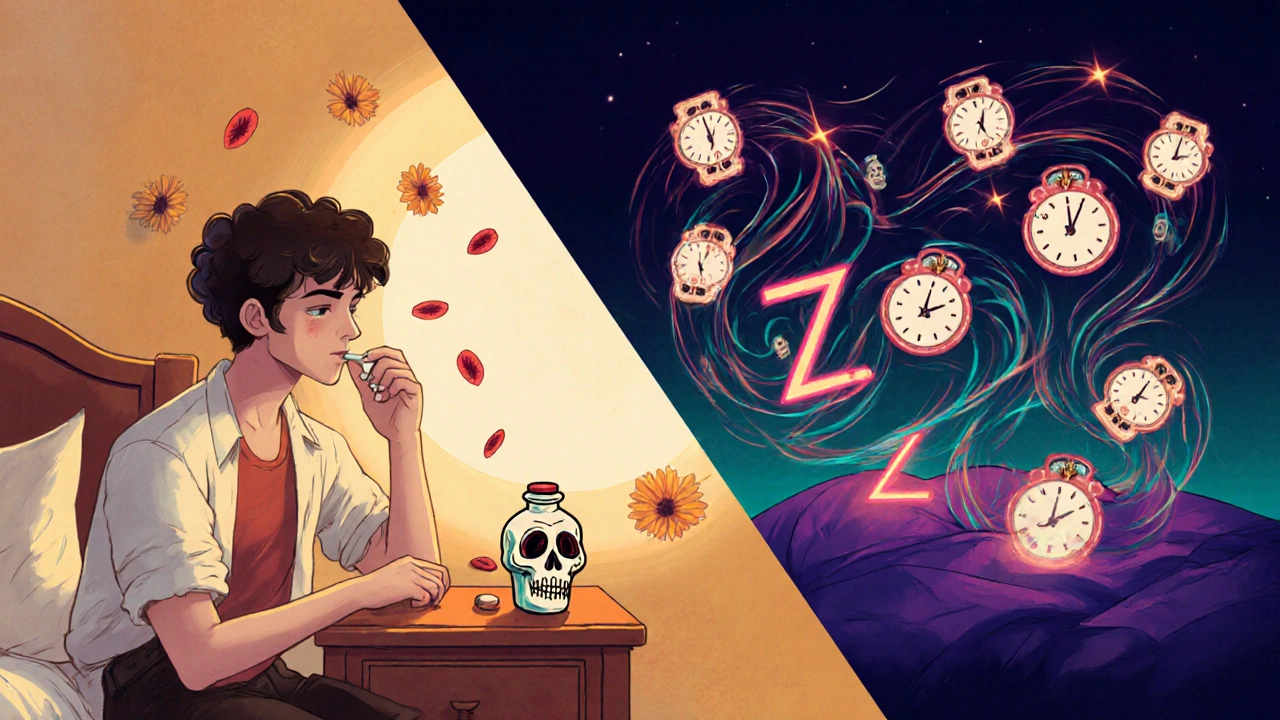
Antidepressant Sleep Timing Tool
Select Your Antidepressant
Your Sleep Schedule
Timing Recommendations
Quick Takeaways
- All major antidepressant classes affect REM sleep, but the direction and magnitude differ.
- SSRIs and SNRIs are the most likely to cause early‑week insomnia; low‑dose mirtazapine or trazodone often improve sleep.
- Taking activating agents (e.g., fluoxetine) before 9 AM and sedating agents (e.g., trazodone) 2-3 hours before bedtime reduces sleep disruption.
- Track sleep for at least two weeks with a simple diary; consider polysomnography if REM‑behavior symptoms appear.
- Adjusting dose, splitting timing, or switching class can resolve insomnia for most patients within a month.
Starting an antidepressant can feel like stepping into a roller‑coaster, especially when your sleep gets tossed around. Antidepressants are medications used to treat depressive disorders by modulating neurotransmitters such as serotonin, norepinephrine and dopamine. While they target mood, they also tug at the brain circuits that govern sleep. The result? Insomnia a difficulty falling or staying asleep that often accompanies the early phase of antidepressant treatment becomes a common complaint. This guide walks you through what science says, which drugs are most likely to throw your nights off balance, and concrete steps you can take to get back on a regular sleep schedule.
How Antidepressants Influence Sleep Architecture
Research dating back to the 1950s showed that tricyclic antidepressants (TCAs) and monoamine oxidase inhibitors (MAOIs) already altered sleep patterns. Modern polysomnographic studies confirm that virtually every major class-SSRIs, SNRIs, TCAs, MAOIs, and atypical agents-shifts one or more of the following:
- REM sleep proportion: Most agents suppress REM, sometimes by 15‑30%.
- Sleep onset latency (SOL): Activating drugs can lengthen the time it takes to fall asleep, especially in the first week.
- Sleep maintenance: Some medications increase night‑time awakenings, while others boost slow‑wave sleep.
These effects stem from how each drug tweaks serotonin (5‑HT), norepinephrine, or dopamine pathways that also regulate the circadian drive. For example, SSRIs boost synaptic serotonin, which in turn suppresses REM via 5‑HT2 receptor activity (Fuller et al., 2018). The net result is a drug‑specific sleep fingerprint that clinicians can predict and patients can manage.
Class‑by‑Class Sleep Profiles
Below is a quick snapshot of the most common antidepressant classes and how they typically affect sleep.
- Selective serotonin reuptake inhibitors (SSRIs) - Fluoxetine, sertraline, paroxetine. Reduce REM by 18‑29% and often cause insomnia in 65‑78% of patients during the first two weeks. Insomnia peaks around day 3‑7 then improves by weeks 3‑4.
- Serotonin‑norepinephrine reuptake inhibitors (SNRIs) - Venlafaxine, duloxetine. Show a similar REM‑suppressing pattern but with a slightly lower insomnia incidence (≈55%). Higher doses of venlafaxine (≥150 mg) can actually lower insomnia risk compared with 75 mg.
- Tricyclic antidepressants (TCAs) - Amitriptyline, nortriptyline. Increase slow‑wave sleep by ~22% while cutting REM by 15%. Night‑time sedation is common, especially at doses >75 mg.
- Monoamine oxidase inhibitors (MAOIs) - Phenelzine, tranylcypromine. Strong REM suppression (up to 35%) and frequent early‑morning awakenings.
- Atypical agents
- Mirtazapine (15‑45 mg) - Boosts total sleep time by ~53 min and improves sleep efficiency by 32%; however, daytime sedation and restless‑legs symptoms rise at doses >30 mg.
- Trazodone (25‑150 mg) - Reduces wake after sleep onset by 37% and is often prescribed at bedtime for its sedating effect.
- Agomelatine (25 mg) - Preserves REM (only 8% reduction) and shows the best overall acceptability in head‑to‑head trials.

Practical Tips to Tame Antidepressant‑Induced Insomnia
When you’ve just started a new prescription, a few adjustments can keep the night from turning into a battlefield.
- Mind the clock. Take activating SSRIs before 9 AM; this cuts insomnia risk by roughly 40% (Chronobiology International, 2020).
- Start low, go slow. Begin with the lowest effective dose. For fluoxetine, 20 mg yields a 1.2% somnolence risk versus 4.7% at 60 mg.
- Split the dose. Some Reddit users report splitting an SSRI into morning and early‑afternoon portions lowers sleep onset latency without hurting mood improvement.
- Add a sedating adjunct. Low‑dose mirtazapine (7.5‑15 mg) or trazodone (25‑50 mg) taken 2-3 hours before bedtime can counteract the wake‑up drive of an SSRI.
- Watch caffeine and screens. Limit caffeine after noon and use blue‑light filters if you need to work late.
- Keep a sleep diary. Track bedtime, wake time, medication timing, and perceived sleep quality for at least 14 days. Look for patterns before changing anything.
- Consider timing‑based chronotherapy. Ongoing NIH studies are testing individualized dosing based on each person’s circadian phase; discuss with your prescriber if you feel the standard schedule isn’t working.
Timing and Dosing Strategies for Specific Drugs
Below are quick‑reference timing guidelines for the most troublesome agents.
- Fluoxetine - Take 20‑40 mg in the early morning. If insomnia persists after week 2, consider switching to sertraline or adding 7.5 mg mirtazapine at night.
- Sertraline - 50 mg before 9 AM; a split‑dose (25 mg AM, 25 mg early afternoon) can help.
- Venlafaxine - Start 37.5 mg in the morning; this reduces early insomnia by ~32% compared with a 75 mg start.
- Mirtazapine - Take 7.5‑15 mg 2 hours before bedtime. Avoid doses >30 mg if daytime sedation becomes a problem.
- Trazodone - 25‑50 mg at bedtime; watch for “hangover” effect the next morning and adjust down if necessary.
- Bupropion - If combined with an SSRI, split into 150 mg twice daily (morning & early afternoon) to blunt the insomnia spike.
When to Seek Professional Help
Most sleep side effects fade within four weeks, but watch for red flags that merit a clinician’s attention:
- Persistent insomnia beyond 6 weeks despite timing adjustments.
- Emergence of REM‑behavior disorder symptoms (acting out dreams) - reported in 68% of SSRI users in a Cleveland Clinic study.
- Severe daytime fatigue affecting work or safety.
- New onset of restless‑legs syndrome or worsening of existing RLS.
If any of these appear, a short polysomnography or a medication swap may be necessary.
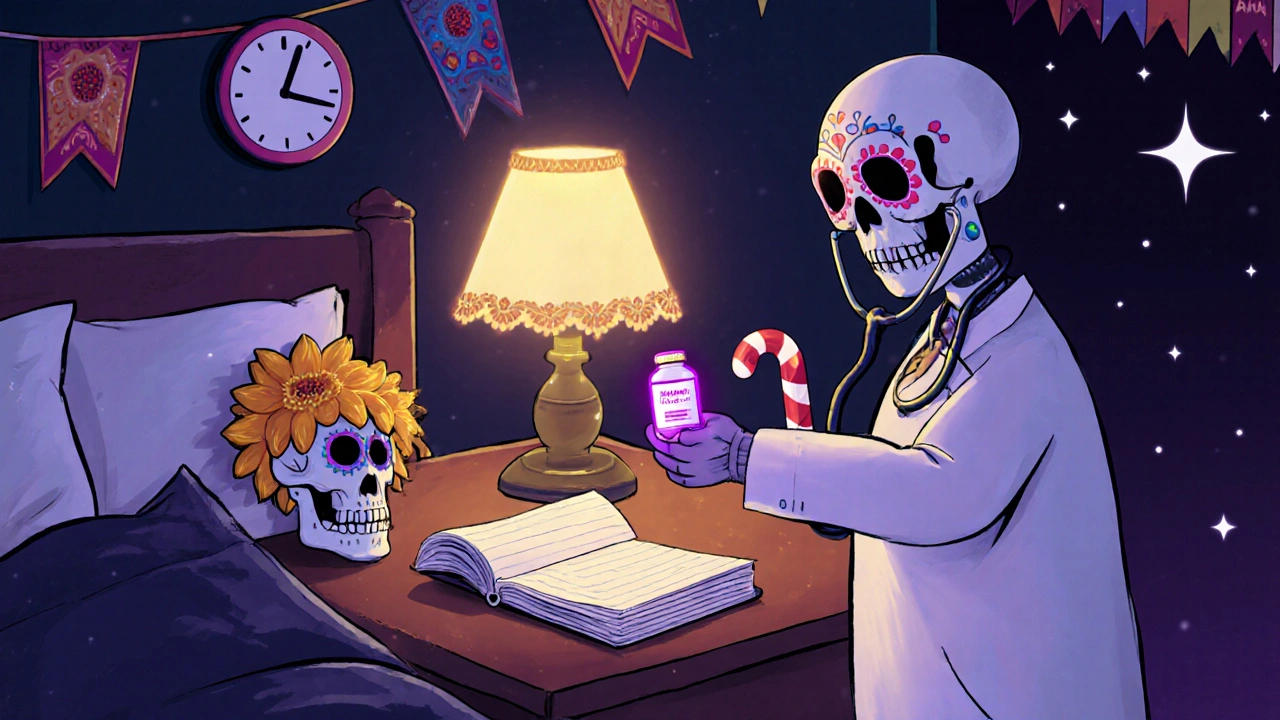
Comparison of Common Antidepressants and Their Sleep Effects
| Antidepressant | Class | REM effect | Sleep‑onset change | Typical starting dose | Notable sleep‑related side effect |
|---|---|---|---|---|---|
| Fluoxetine | SSRI | -29% REM | +45-80 min latency (first week) | 20 mg AM | Early‑week insomnia (78% incidence) |
| Sertraline | SSRI | -22% REM | +30-60 min latency | 50 mg AM | Insomnia (65% incidence) |
| Venlafaxine | SNRI | -20% REM | ±10 min (dose‑dependent) | 37.5 mg AM | Reduced insomnia at 150 mg |
| Amitriptyline | TCA | -15% REM | -15 min latency (more slow‑wave) | 25 mg HS | Night‑time sedation |
| Mirtazapine | Atypical | -8% REM | -28 min latency | 7.5 mg HS | Daytime drowsiness, RLS (8.7%) |
| Trazodone | Atypical | -12% REM | -20 min latency | 25 mg HS | Next‑day “hangover” |
| Agomelatine | Atypical | -8% REM | Neutral | 25 mg HS | Best REM preservation |
Patient Checklist: Managing Antidepressant‑Related Sleep Issues
- Log medication name, dose, and time of day.
- Record bedtime, wake time, and any night‑time awakenings.
- Rate sleep quality each morning on a 1‑5 scale.
- Note any daytime sleepiness, RLS sensations, or vivid dreams.
- Review the checklist with your prescriber after two weeks.
Frequently Asked Questions
Why do SSRIs often cause insomnia at the start of treatment?
SSRIs raise serotonin levels, which directly suppress REM sleep and increase cortical arousal. The brain needs a few weeks to adjust, so the insomnia usually peaks around day 3‑7 and improves by weeks 3‑4.
Can I take a sedating antidepressant at night and an activating one in the morning?
Yes. A common strategy is low‑dose mirtazapine (7.5‑15 mg) at bedtime for sleep, paired with a morning SSRI like sertraline. This balances mood improvement while protecting sleep.
Should I stop my antidepressant if insomnia persists?
Stopping abruptly can cause withdrawal and relapse. Talk to your prescriber first; they may lower the dose, split timing, or switch to a more sleep‑friendly option before you consider a taper.
Is it safe to combine bupropion with an SSRI?
The combination is effective for some patients but increases insomnia risk (RR 2.4). If you need both, split the doses (morning bupropion, early‑afternoon SSRI) and monitor sleep closely.
When is polysomnography recommended?
If you develop vivid dream enactment, frequent night‑time movements, or suspect restless‑legs syndrome, a sleep study can differentiate medication‑induced changes from primary sleep disorders.

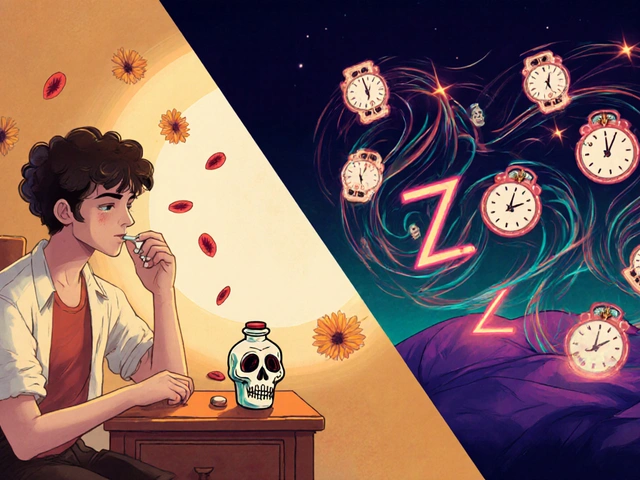

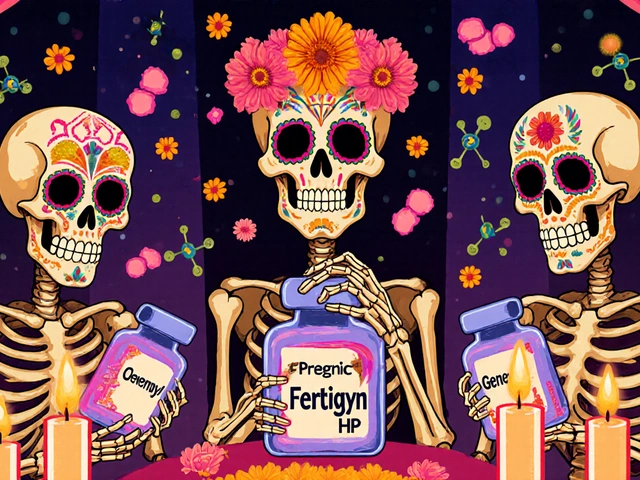
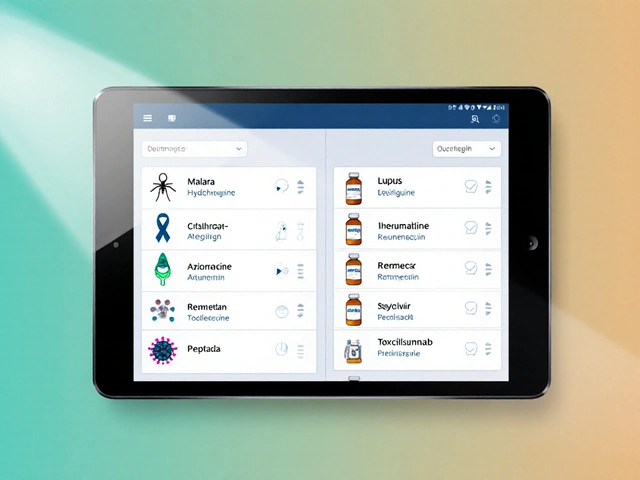


While the guide is exhaustive, one can't help but marvel at the sheer optimism that flipping a pill schedule will magically fix insomnia. The recommendation to take SSRIs before 9 AM is sound, yet the tone suggests a one‑size‑fits‑all solution, which-surprise, surprise-is rarely the case. In short, adjust the clock, but keep an eye on the inevitable side‑effects.
Wow, this is super helpful! I love how it blends science with real‑world tips, it really gives me hope that I can still get some shut‑eye while feeling better. Remember, every brain is a tiny universe, so give yourself some patience and enjoy the small wins. Definitely try the low‑dose mirtazapine trick-its gentle and many people lovve it.
Let's not forget that the pharmaceutical giants have a vested interest in keeping us awake long enough to buy more sedatives. By pushing SSRIs with branding that glorifies 'early‑week vigor', they ensure a steady market for adjunct hypnotics like trazodone. The so‑called 'chronotherapy' studies are often funded by the same companies that profit from the side‑effects. It's a clever feedback loop: prescribe an activating agent, watch insomnia spike, then prescribe a sedative to patch the problem.
They hide the true sleep data behind pharmaceutical marketing.
From a national health perspective, sleep disturbances induced by antidepressants represent a hidden cost that policymakers rarely address. The data presented in the article is thorough, yet it glosses over the socioeconomic ripple effects that arise when a workforce loses precious hours of rest. Consider the average American who, after initiating a new SSRI, finds themselves unable to fall asleep before midnight, thereby sacrificing valuable evening productivity. When that individual is a shift worker, the insomnia cascades into safety hazards, increased absenteeism, and higher healthcare expenditures. Our healthcare system, already burdened by the rising prevalence of mood disorders, must allocate resources not only for medication but also for ancillary sleep management. The suggestion to split doses is clever, but it assumes a level of health literacy and flexibility that many patients simply do not possess. Moreover, the recommendation to add low‑dose mirtazapine or trazodone overlooks potential drug‑drug interactions that can exacerbate metabolic syndromes. In countries with universal healthcare, clinicians are more incentivized to consider non‑pharmacological interventions, such as cognitive‑behavioral therapy for insomnia (CBT‑I), yet this article remains silent on that front. One could argue that the pharmaceutical lobby has subtly shaped the discourse, emphasizing short‑term pharmacologic fixes while downplaying the need for holistic care. If we were to adopt a truly integrative model, sleep hygiene education, chronotherapy, and community support would be placed on equal footing with pill prescriptions. This would not only improve patient outcomes but also alleviate the indirect economic losses tied to impaired cognition and mood volatility. Furthermore, the under‑reporting of REM‑behavior disorder symptoms raises concerns about long‑term neurocognitive health. Regulators should demand rigorous post‑market surveillance that tracks sleep architecture changes over months, not just weeks. Only by gathering real‑world evidence can we refine dosing schedules that respect the body's circadian rhythm. The article's table is a valuable resource, yet it could be enhanced with a column indicating the cost‑effectiveness of each adjunct strategy. In summary, while the practical tips are useful, a broader policy framework is essential to truly tame antidepressant‑induced insomnia on a population level.